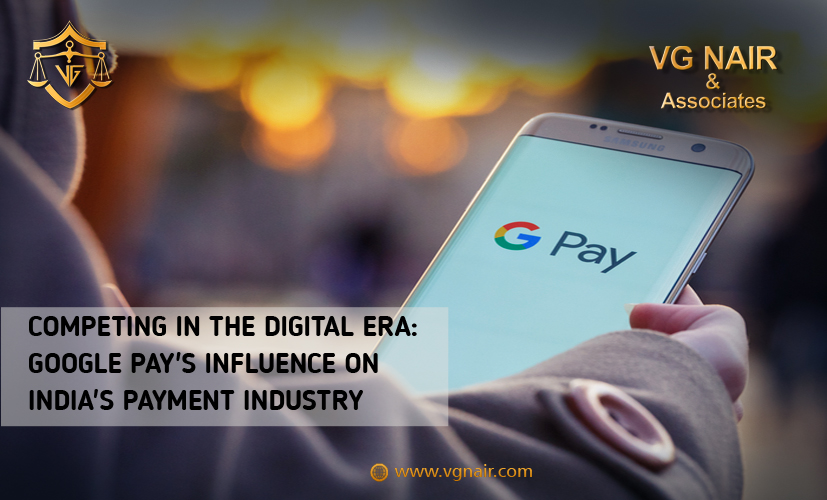Competing in the Digital Era Google Pay Influence on India Payment Industry

Introduction:
The Unified Payments Interface (UPI) has emerged as a cornerstone of India's digital payments revolution, with Google Pay (GPay) establishing itself as a prominent player in this dynamic market. However, concerns regarding Google's alleged abuse of dominance have sparked investigations, shedding light on the intricate relationship between technology, competition, and consumer welfare.
Google's dominance allegations
Google LLC's parent company, Alphabet Inc., is heavily involved in the digital payments space and gets a large amount of its revenue from advertising. The complaint filed by the informant against Google emphasises the company's dominance over the Android ecosystem, including the Play Store, and its purported preference for GPay over other UPI-based payment apps.
Advanced Arguments:
According to the informant, Google may suppress competition by limiting the availability of competing payment applications on the Play Store because of its market dominance. In addition to Google's data collection methods through GPay, this purported behaviour raises questions regarding consumer choice and market access. Conversely, Google asserts that its policies are designed to give customers a consistent and safe experience, leaving plenty of room for rivals to prosper.
CCI Ruling: Google's Dominance
The Competition Commission of India (CCI) ruled in favour of the informant, recognising Google's dominant position and the potential anticompetitive effects of its actions. The commission found prima facie evidence of unfair conduct by Google, leading to the imposition of a significant penalty. However, certain allegations were dismissed due to a lack of concrete evidence.
Digital Market Regulations
The case underscores the challenges of regulating competition in the digital age, where market boundaries are blurred and technological innovations outpace regulatory frameworks. While the recent amendments to competition law, such as the inclusion of digital market regulations and stricter antitrust measures, aim to address these challenges, their efficacy remains to be seen. Moving forward, the CCI must adopt a consumer-oriented approach, focusing on enhancing the user experience and ensuring fair competition while leveraging expert knowledge in data analytics and market trends to navigate complex digital markets effectively.
Conclusion:
As the digital payment ecosystem in India develops further, it is crucial to maintain fair competition and prioritise the welfare of consumers. The Google Pay case serves as a reminder of the value of anticipatory regulation and a sophisticated knowledge of cutting-edge technology. The CCI can successfully handle antitrust issues and promote a competitive environment that benefits companies and consumers alike by adopting a forward-thinking strategy.
